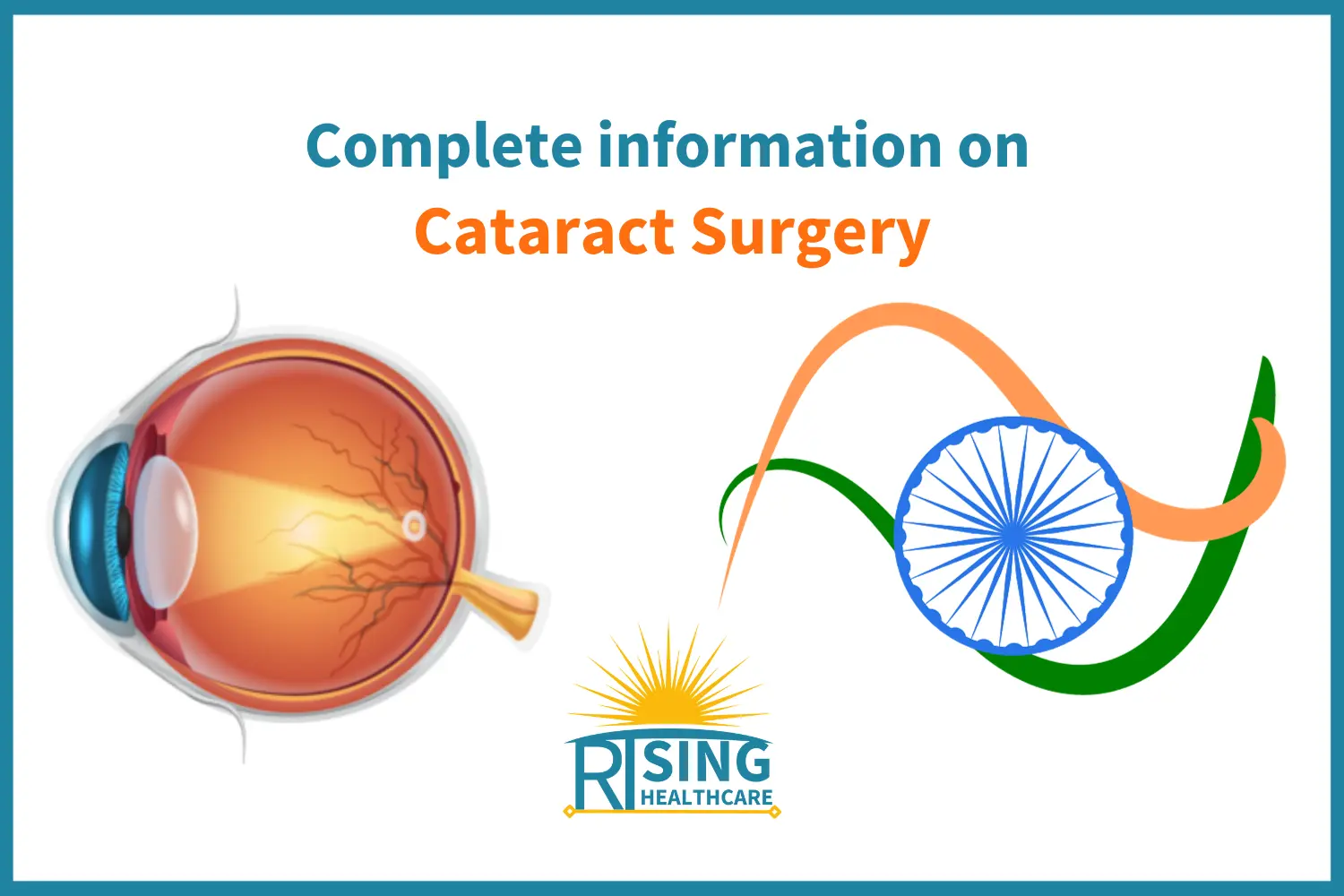
Understanding Cataract Surgery: Types of Cataracts and the Procedure
Introduction
Cataracts are a common eye condition that can affect anyone, especially as we age. They can cause blurred vision and eventually lead to vision loss if left untreated. However, cataract surgery offers a highly effective solution to restore clear vision. In this article, we will delve into the world of cataract surgery, exploring what cataracts are, the different types of cataracts, and what to expect during a cataract operation.
Contents
- 1 What is a Cataract?
- 1.1 1. Nuclear Cataracts
- 1.2 2. Cortical Cataracts
- 1.3 3. Subcapsular Cataracts
- 1.4 4. Congenital Cataracts
- 1.5 5. Traumatic Cataracts
- 1.6 Cataract Surgery: Restoring Clarity
- 1.7 Preparing for Surgery
- 1.8 Anesthesia
- 1.9 The Surgery Process
- 1.10 Recovery and Postoperative Care
- 1.11 Benefits of Cataract Surgery
- 1.12 Risks and Complications
- 1.13 Conclusion
What is a Cataract?
A cataract is a clouding of the natural lens in the eye, which lies behind the iris (the colored part of the eye) and the pupil. This clouding is often compared to looking through a foggy or frosted-up window. When the lens becomes cloudy, it prevents light from passing through it properly, causing vision problems.
Cataracts usually develop slowly and gradually worsen over time. They can occur in one or both eyes. Common symptoms of cataracts include:
- Blurred or hazy vision
- Increased sensitivity to glare, especially from headlights when driving at night
- Difficulty seeing in bright light
- Double vision in one eye
- Seeing “halos” around lights
- Fading or yellowing of colors
- Frequent changes in eyeglass or contact lens prescription
Types of Cataracts
Cataracts can come in various forms, each affecting a different part of the eye’s natural lens. Here are some common types of cataracts:
1. Nuclear Cataracts
Nuclear cataracts primarily affect the center (nucleus) of the lens. They are often associated with aging and tend to progress slowly. As the nucleus becomes more opaque, it can lead to a gradual reduction in near vision and a temporary improvement in reading vision, a phenomenon known as “second sight.”
2. Cortical Cataracts
Cortical cataracts start as wedge-shaped opacities on the outer edge of the lens cortex, which surrounds the central nucleus. These opacities extend inward, affecting the center of the lens. People with cortical cataracts may notice glare and halos around lights, especially when driving at night.
3. Subcapsular Cataracts
Subcapsular cataracts develop at the back of the lens, just beneath the lens capsule. This type of cataract can progress rapidly and cause significant vision disturbances, particularly with reading and glare sensitivity. Subcapsular cataracts are often associated with conditions like diabetes and long-term use of certain medications, such as steroids.
4. Congenital Cataracts
While most cataracts are age-related, some people are born with cataracts or develop them during childhood. Congenital cataracts can affect one or both eyes and may be present at birth or develop shortly afterward. Early detection and treatment are crucial to prevent vision impairment in children with congenital cataracts.
5. Traumatic Cataracts
Traumatic cataracts result from an eye injury or trauma. These cataracts can develop immediately after the injury or may take years to form. Prompt medical attention is essential in cases of eye injury to minimize the risk of developing a traumatic cataract.
Cataract Surgery: Restoring Clarity
Cataract surgery is a highly successful and common procedure that can significantly improve vision for individuals with cataracts. It involves removing the clouded natural lens and replacing it with an artificial intraocular lens (IOL). Here’s what you need to know about the cataract operation:
Preparing for Surgery
Before your cataract surgery, your ophthalmologist will conduct a comprehensive eye examination to determine the type and severity of your cataract. They will also measure the curvature of your cornea and the length of your eye to select the appropriate IOL power.
Your doctor will discuss your medical history, current medications, and any allergies. Be sure to inform them of any other eye conditions or health issues you may have.
Anesthesia
Cataract surgery is typically performed using local anesthesia, which numbs the eye, but you remain awake during the procedure. In some cases, your surgeon may recommend general anesthesia, especially if you have a medical condition that makes it challenging to stay still during the surgery.
The Surgery Process
- Incision: To access the lens, your surgeon will create a small incision in the eye’s cornea, which is the clear, front surface of the eye.
- Breaking up the Cataract: In a procedure called phacoemulsification, an ultrasonic probe is inserted into the eye. This probe uses sound waves to break up the cloudy lens into tiny fragments, which are then suctioned out of the eye.
- Insertion of the IOL: After removing the cataract, your surgeon will insert the artificial IOL into the same lens capsule where your natural lens was situated. The IOL will remain in place permanently and will not require any special maintenance.
- Closing the Incision: The small incision is self-sealing and usually does not require stitches. It will heal naturally over time.
Recovery and Postoperative Care
Following cataract surgery, you may be prescribed eye drops to prevent infection and reduce inflammation. It’s essential to attend all follow-up appointments with your ophthalmologist to monitor your progress and ensure proper healing.
Most people experience improved vision within a day or two after cataract surgery, but full recovery can take several weeks. During this time, it’s crucial to avoid strenuous activities and protect your eyes from injury.
Benefits of Cataract Surgery
Cataract surgery offers numerous benefits, including:
- Improved Vision: The primary goal of cataract surgery is to restore clear vision. Many people experience significantly improved vision after the procedure.
- Reduced Dependency on Glasses: Depending on the type of IOL chosen, you may find that you need glasses less often, particularly for distance or near vision.
- Enhanced Quality of Life: Improved vision can lead to a better quality of life, as it allows you to enjoy everyday activities like reading, driving, and watching TV without visual limitations.
- Treatment of Other Eye Conditions: Cataract surgery can sometimes help treat other eye conditions, such as glaucoma or diabetic retinopathy, by improving the view of the back of the eye for ongoing management.
Risks and Complications
While cataract surgery is generally safe and effective, like any surgical procedure, it carries some risks. Possible complications may include:
- Infection
- Bleeding
- Swelling or inflammation
- Retinal detachment
- Glaucoma
- Secondary cataracts
It’s important to discuss these risks with your surgeon before the procedure and follow their postoperative instructions carefully to minimize potential complications.
Conclusion
Cataract surgery is a remarkable medical advancement that has transformed the lives of millions of people worldwide. If you or a loved one is experiencing vision problems due to cataracts, consult with an eye specialist to determine if surgery is the right option. Remember that early detection and treatment are key to preserving and restoring clear vision. Whether you have a nuclear, cortical, subcapsular, or another type of cataract, cataract surgery can help you see the world with clarity once again.

